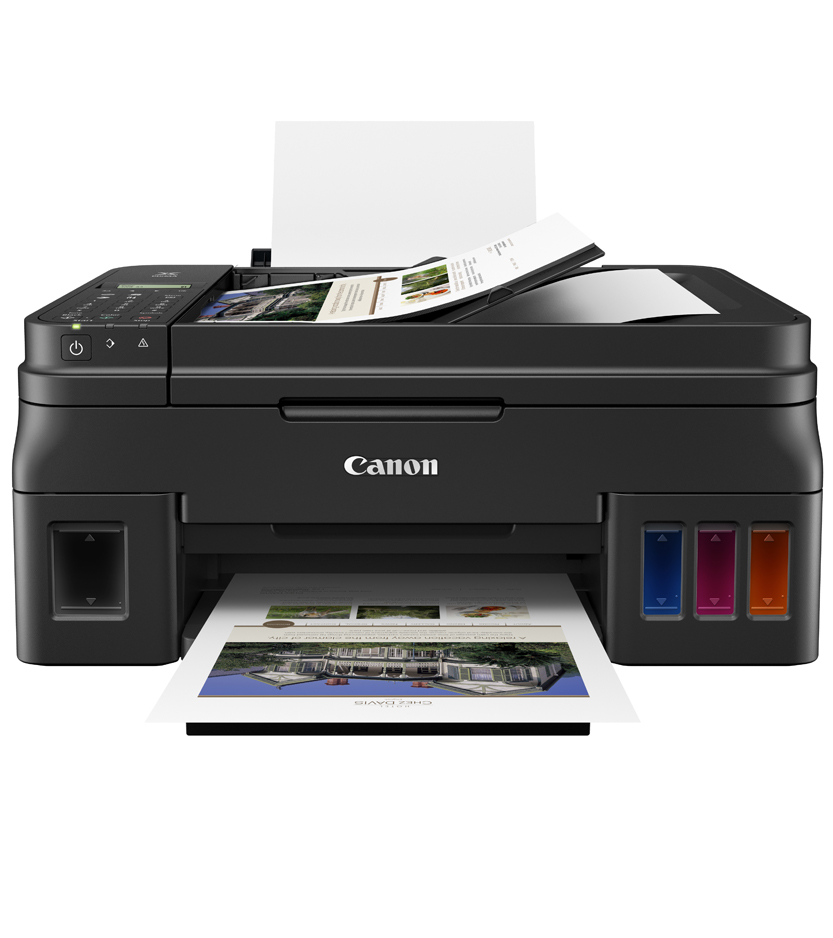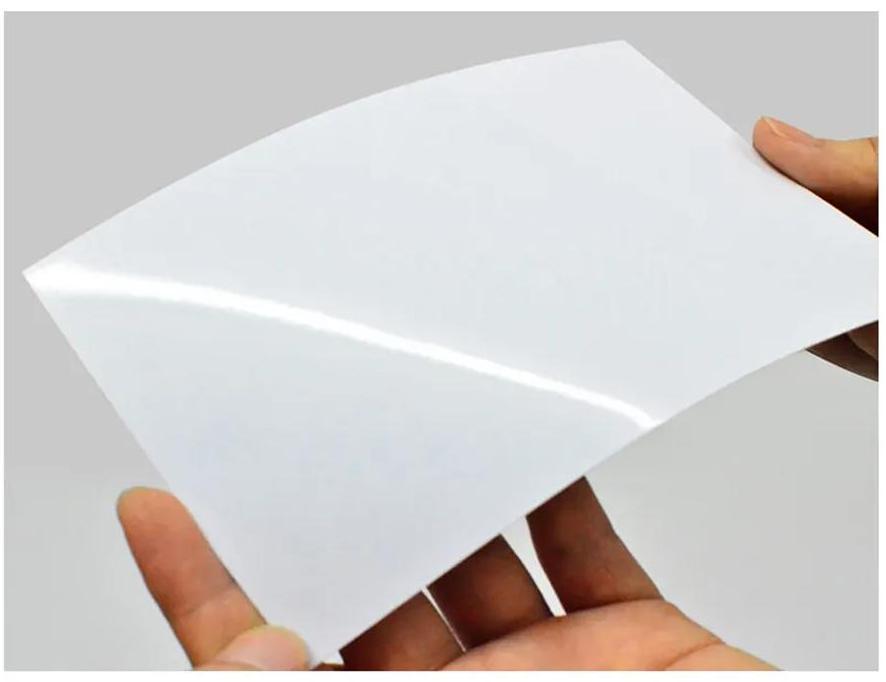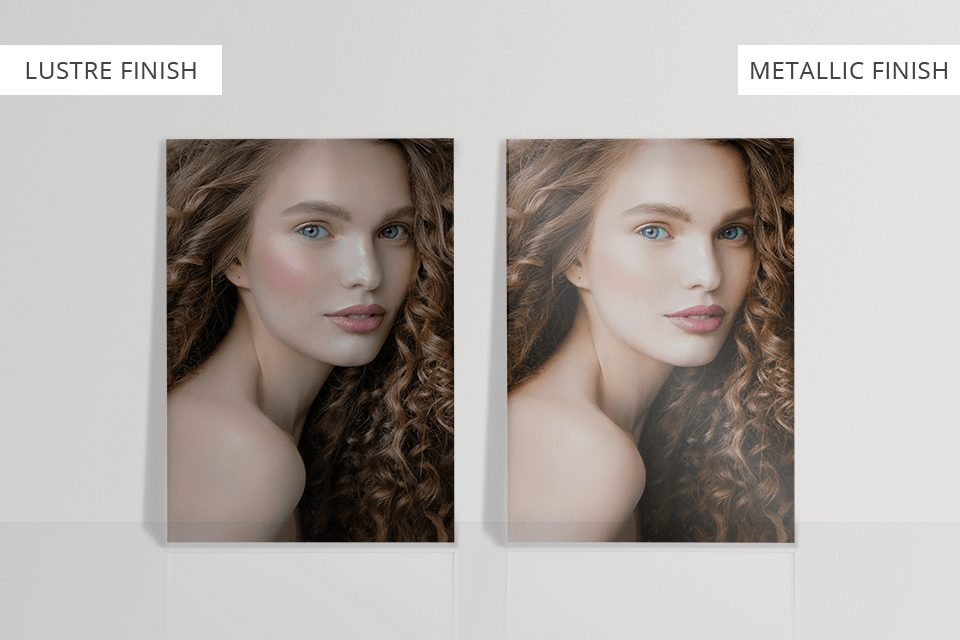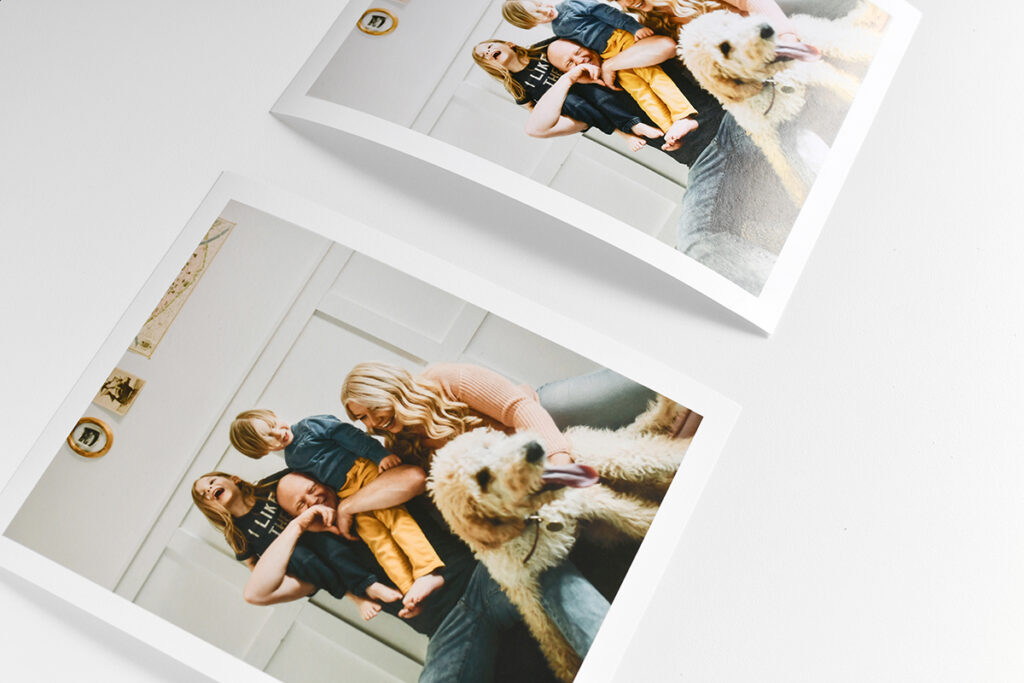How to choose the best print paper for photos?
When it comes to printing photos, the variety of paper options can be overwhelming, ranging from different sizes to surface finishes. This article provides an overview of various print paper for photos types.

3 Types of Photo print paper Finishes
A paper’s surface finish is a defining characteristic, and three basic types are commonly used: glossy, luster and matte photo paper.
Glossy Finish:
1.Popular for vibrant colors and striking contrast.
2.Offers high resolution, making it suitable for detailed imagery.
3.Susceptible to glare, making it challenging for viewing without glass frames.
4.Ideal for showcasing details and colors, especially in glare-controlled environments.

Matte Finish:
1.Uses fewer coatings, allowing the paper’s texture to come through.
2.Ideal for framing and viewing, as it doesn’t reflect light.
3.Understated with slightly muted tones and lower contrast.
4.Great for emphasizing artistry over color and detail.
Luster Finish:
1.Also known as satin, semi-matte/gloss, silk, or pearl.
2.Offers a balanced finish between glossy and matte with slight texture and reflectivity.
3.Suitable for photographers looking to avoid the glare of glossy finishes or the flatness of matte finishes.
4.Popular for achieving great color and detail while allowing texture to accentuate the work.

3 Different Photo print paper Features
Photo printing paper features three primary aspects: coating, brightness, and weight.
Coating:
Refers to a polymer layer that makes the paper glossy and bright.
Brightness:
Measures how white and bright a page is, with a scale from 0-100.
Higher brightness (80-100) correlates with better print quality.
Weight:
Weight refers to the thickness and weight of the paper and is usually measured in grams.
All paper is measured in weight using a unit referred to as GSM (grams per square metre). It’s not a case of the higher the GSM the better the paper – it’s simply relating to its thickness.
With that said, lightweight paper (70 GSM) may not hold colours as well as thicker paper. Choosing the correct weight is important for printing photos. print paper for photos that is over 160 GSM is classified as card.
Thicker papers can be too rigid for some printers, so you will want to make sure your printer is rated for your job before purchasing the thickest fine art paper.

Printers
Your choice of printer is going to be one of the most important aspects of printing your own images.
Which is right for you, inkjet or laser printer?
While this isn’t always the case, think of inkjet and laser printers like this:
Inkjet = Personal printer
Laser = Office printer.
Selecting the best photo printing paper involves considering your specific needs. Test small sample sizes to see which paper type suits your preferences. Glossy or matte photo paper.
Whether you’re a professional photographer or a casual enthusiast, understanding the nuances of photo paper types and finishes features ensures that your prints meet your expectations and artistic vision.
